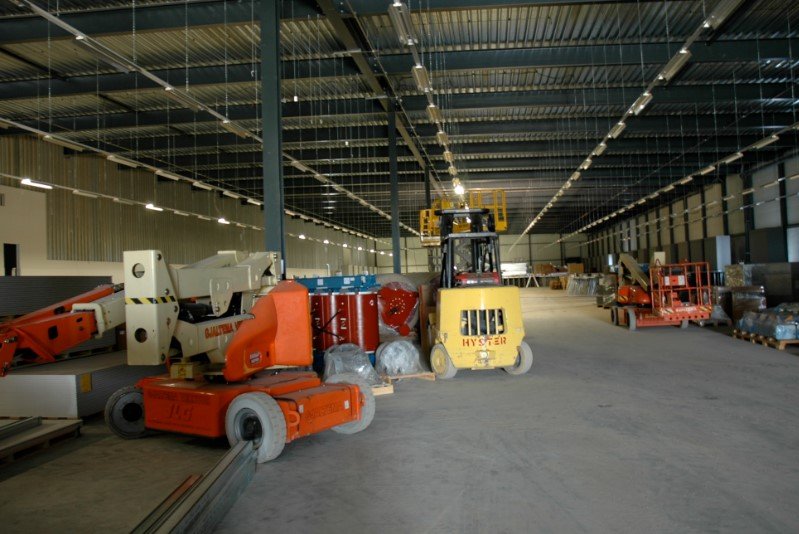Andhra Pradesh is set to boost its data center capacity to 6 gigawatts in three years, starting with a major $10 billion deal from Google for a 1 gigawatt facility in Visakhapatnam. This move, led by Chief Minister N Chandrababu Naidu and IT Minister Nara Lokesh, aims to turn Vizag into a global tech hub, create jobs, and embrace artificial intelligence growth.
Breaking Down the Google Investment
Google plans to pour $10 billion into building what could be Asia’s largest data center cluster in Visakhapatnam, also known as Vizag. The project includes a 1 gigawatt facility and supports for renewable energy and better connectivity.
This deal comes after talks between Andhra Pradesh leaders and Google executives. It marks Google’s first big data center push in India, focusing on cloud services and AI tech. The state approved the plan in early October 2025, with a formal agreement expected soon.
The investment breaks down into key areas. About $2 billion will go toward renewable energy sources to power the center. Another chunk will improve regional links, like undersea cable stations.

Officials say the project will span 200 acres near Tarluvada. Land transfer should finish by November 2025, paving the way for construction to start.
State’s Push for Massive Data Center Growth
Andhra Pradesh wants to hit 6 gigawatts of data center capacity by 2028. Besides Google’s 1 gigawatt, the state has a 500 megawatt deal with Sify, an Indian tech firm.
The government is talking to four more companies to fill the gap. This rapid scale up aims to rival Hyderabad’s IT success but in less time.
Leaders see data centers as key to economic growth. They plan to develop the Greater Vishakha Economic Corridor, stretching from Srikakulam in the north to Anakapalli in the south.
An IAS officer will oversee the project to handle needs across districts. This includes power, water, transport, and social setup.
The state draws inspiration from global trends. Data centers worldwide are booming due to AI demands, with India emerging as a hot spot after places like Singapore and the US.
Job Creation and Economic Boost
This initiative promises big wins for jobs and the economy. Estimates show 1 gigawatt of data center capacity could create 200,000 direct and indirect jobs.
Google’s project alone might generate up to 188,000 positions over three years. These range from tech roles to support jobs in construction and services.
The economic ripple effects are wide. Better tech infrastructure could attract more firms, boosting local businesses and tourism.
Here’s a quick look at projected impacts:
- Direct Jobs: Around 50,000 in IT and operations.
- Indirect Jobs: Up to 138,000 in supply chains and services.
- Investment Total: Over $10 billion from Google, plus more from partners.
- Timeline: Full rollout by 2030, with early phases starting in 2026.
These numbers come from state plans and industry reports. They highlight how tech investments can lift regions out of poverty.
Andhra’s focus ties into India’s broader digital push. The country aims to become a $1 trillion digital economy by 2028, with data centers playing a central role.
Recent events, like India’s tech exports hitting $200 billion in 2025, show the momentum. States like Tamil Nadu and Maharashtra are also chasing similar deals, but Andhra leads in scale.
Tackling Power and Water Challenges
Critics worry data centers use too much power and water. Andhra officials admit the concerns but say they have plans.
The state will use renewable energy for much of the needs. Google’s $2 billion in green power is a start.
Water use will be managed with efficient cooling tech. Leaders point out that AI benefits outweigh the costs.
“We embrace AI or get left behind,” said IT Minister Nara Lokesh. The state is planning systematically to avoid shortages.
Compared to other regions, Andhra has advantages. Its coastal location helps with cooling and cable access.
Global examples help. Places like Virginia in the US handle huge data centers with smart grids.
Building the Greater Vishakha Corridor
The corridor is the heart of this plan. It covers multiple districts and focuses on full development.
Key elements include better roads, airports, and power grids. Vizag will get three undersea cable stations, doubling Mumbai’s capacity.
This setup positions Vizag as “AI City.” It aims to copy Hyderabad’s growth in a decade, not three.
State leaders are tying this to national goals. Prime Minister Narendra Modi’s digital India push aligns perfectly.
Recent investments in nearby areas, like new ports and factories, add to the buzz. For instance, a 2025 solar project in the state boosts green energy options.
Future Outlook for Andhra’s Tech Scene
Looking ahead, Andhra could become India’s data hub. Success here might inspire other states.
Challenges remain, like regulatory hurdles and global competition. But early wins suggest a bright path.
Experts predict AI will drive more investments. By 2030, India’s data center market could reach $10 billion yearly.
Andhra’s story shows how states can leverage tech for growth. It combines vision with action.
What do you think about this tech boom in Andhra? Share your views in the comments and spread the word to friends interested in India’s digital rise.
